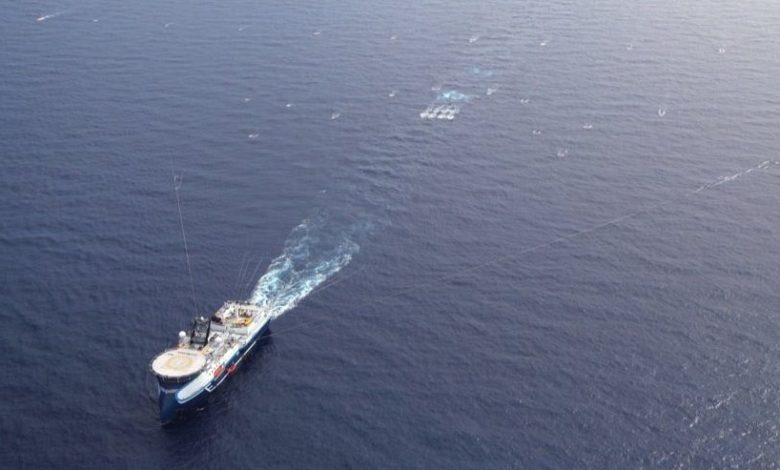Seismic vessel utilisation recovers to pre-Covid levels

A Rystad Energy report shows that the devastating impacts of the Covid-19 pandemic on the seismic industry appear to be over. For several quarters during the height of the pandemic, nearly half of the industry’s global fleet was inactive, but vessel utilisation has recovered to pre-Covid levels in the third quarter of 2021. About 68% of the fleet, or just over two-thirds of the vessels, are now surveying or under way.
Between the third quarter of 2020 through March 2021, 46% of the global fleet was inactive.
August 2021 achieved the lowest monthly percentage of inactive vessels in almost two years, with only 29% of the fleet inactive. The last time the seismic fleet was so active was in October 2019.
“The current increase in seismic vessel utilization is partly driven by exploration, with a focus on proven basins. We also see that many seismic companies have repositioned themselves for the energy transition and are taking up contracts in other energy services such as carbon capture and storage, geothermal, offshore wind and deepsea mining,” commented Binny Bagga, energy service research VP at Rystad Energy.
Rystad expects the performance of seismic players as a whole to improve, as global exploration spending is forecast to increase in 2022.

